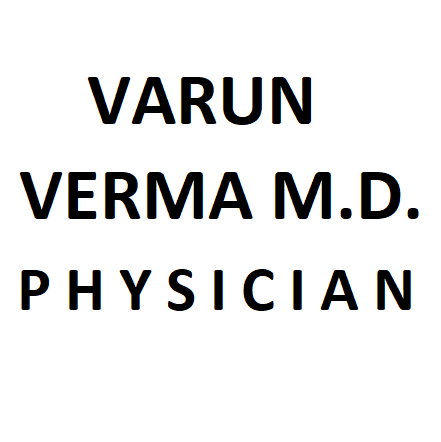One of the most frustrating things about being a hospital medicine physician is switch-day, the day you come back on clinical service to start your stretch of shifts. If a patient has been in the hospital for a number of days already, chances are that I am walking into a room where the patient and their families are feeling frustrated, upset and angry at the care they have received. I’ve found that most patients and families are astonished at the level of dysfunction in healthcare, from the simplest of matters like having an updated medical record and accurate prescription list, to the more complicated like coordinating between primary care physicians and outpatient specialists. They probably wonder why the pristine modern appearing multi-million dollar patient care towers don’t match what they’re witnessing in their day to day care. On some days when I assume the care of a patient – I wonder whether any of the half a dozen clinicians took time to go over the big picture with the human being in front of them. Don’t get me wrong – the clinical care is often excellent, however on some occasions it can be something as glaring and frightening as no one having a direct or nuanced discussion with the family the fact that a patient’s life is in peril, that they are at end of life or hospice appropriate. Communication undoubtedly is difficult, but is often botched in the healthcare system.
Families are often times quite rightly baffled by the current state of the healthcare system across the US. I wish we could openly share with them the fact that so are all the healthcare professionals that have signed up to take care of them and show up day after day. The sad truth is that there’s a fundamental disconnect between the reality of a sick patient in front of us that we want to help, and what the healthcare industrial complex expects of its workers. We are all part of a system that attempts to “do something” while the patient is in front of us, and then discharge the same patients as quickly as possible when they are “medically stable” and continue their workup as an outpatient. This is very confusing for patients and families because they see a flurry of activity, concern, and then poof – discharge planning. For example – a 90-something year old who has fallen at home and brought in by ambulance will likely get a trauma workup including xrays, CT scans, labs and a thorough exam. Perhaps they’ve sustained some rib fractures and then on hospital day 2 they may be deemed stable for discharge based on vital signs, labs, physical exam. However, the patients family is likely very concerned because what they see is a frail and elderly beloved family member in front of them who is bruised all over and now is being discharged. They wonder about “what ifs” and dread to image an alternative worse scenario that may have unfolded.
Families face such anxiety and fear because the natural human response is to want to stay in a setting with more monitors, more nurses, and more help in close proximity – rather than get discharged – especially when you’re not fully recovered. Most patients discharged from a hospital these days are not fully recovered, they are simply stable enough to not be requiring a level of care deemed appropriate for the hospital setting. Some of them have to go home with oxygen, some with PICC lines and IV antibiotics, and others will continue to receive outpatient services and treatments to continue their journey. Others may go to institutions like SARs (subacute rehabilitation facilities) but those who have been discharged there before realize that the care is nothing to the level of a hospital. Having a patient advocate at the bedside helps for sick patients to relay their concerns to the healthcare team.
Some solutions to improve this situation that have been talked about at length include ‘patient-centric care’ and working to improve the discharge process. This may involve providing patients with more detailed information about their condition, treatment plan, and follow-up care. It may also involve ensuring that patients have access to the resources they need to manage their condition at home, such as medications, medical equipment, and support services. In addition, there needs to be more invested in resources for outpatient care, such as increased access to specialists, diagnostic tests, and follow-up appointments. This would help ensure that patients receive the care they need in a timely manner, without having to wait for extended periods of time or navigate complex healthcare systems on their own. Unfortunately none of this is easy and in many parts of the country it seems things only seem to be getting worse.
Ultimately, addressing the fundamental disconnect between patient care and the healthcare industrial complex will require a multifaceted approach that is not easy. One thing that is clear is that it has to involve healthcare providers, policymakers, and patients. By working together, we can strive to create a healthcare system that prioritizes the needs of patients and families, while still balancing the realities of cost and efficiency. Right now, we are working in silos, and even worse than that – we are working in silos in very close proximity to each other.
